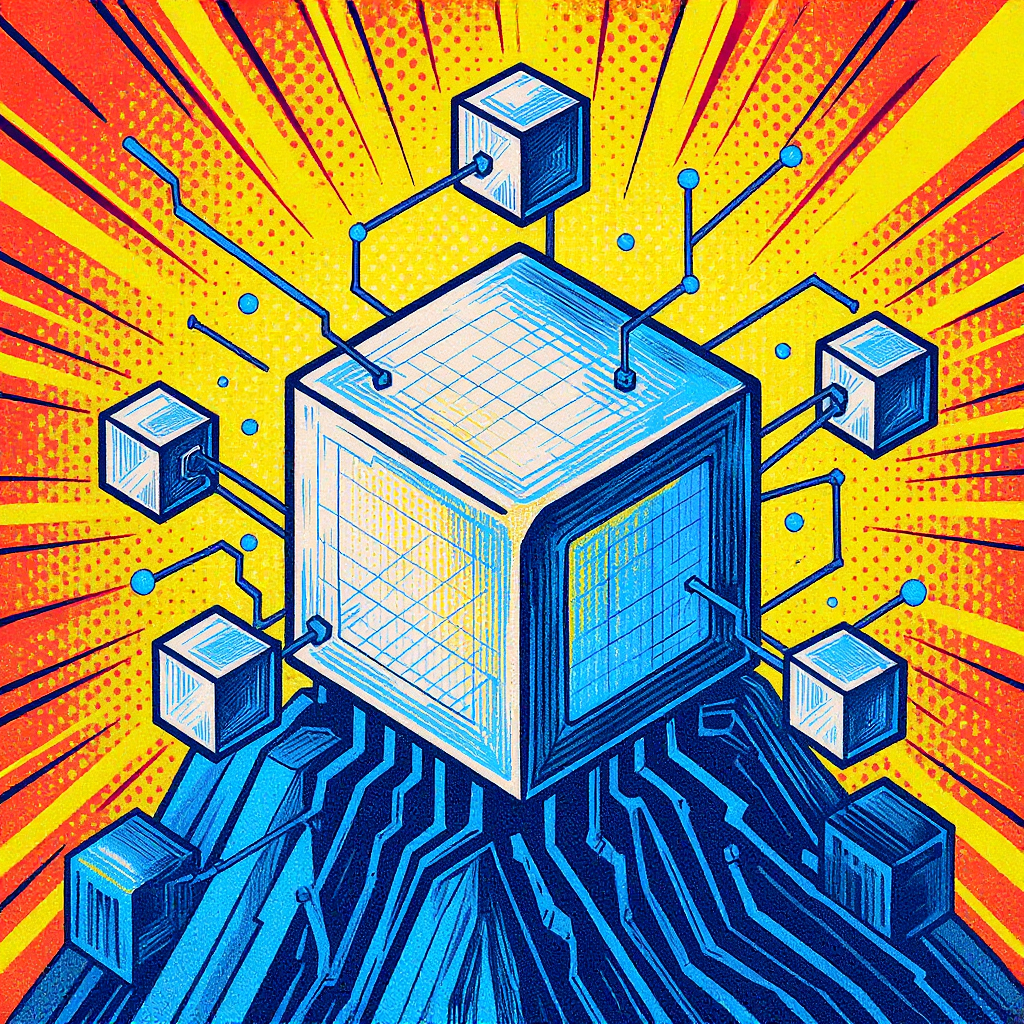The burgeoning field of blockchain technology necessitates efficient and scalable application development. As blockchain applications grow in complexity and user base, traditional monolithic architectures often prove inadequate. This article explores the benefits of employing a microservices architecture for building high-performance blockchain applications. We’ll delve into the key advantages of this approach, examine crucial design considerations, discuss common challenges, and offer strategies for mitigating those challenges to create robust, adaptable, and scalable blockchain solutions. We’ll also highlight the importance of choosing the right technology stack and the role of DevOps practices in ensuring successful deployment and maintenance. Ultimately, the goal is to provide a comprehensive understanding of how microservices can unlock the full potential of blockchain technology, leading to the development of more efficient and innovative applications.
Decentralization and Microservices: A Synergistic Approach
Blockchain’s inherent decentralization aligns remarkably well with the principles of microservices. A microservices architecture breaks down a large application into smaller, independent services, each responsible for a specific function. This modularity mirrors the decentralized nature of blockchain, allowing for independent scaling and deployment of individual components. This decoupling improves resilience; the failure of one microservice doesn’t necessarily bring down the entire application. Furthermore, different teams can work independently on various services, accelerating development and enhancing flexibility. This approach allows for easier integration with different blockchain platforms, enhancing portability and adaptability.
Technology Stack Considerations
Selecting the right technology stack is crucial for building high-performance blockchain applications. Consider factors such as programming languages (e.g., Go, Java, Node.js), containerization technologies (e.g., Docker, Kubernetes), and message brokers (e.g., Kafka, RabbitMQ). Go, known for its concurrency features, often proves suitable for handling blockchain’s computationally intensive tasks. Containerization simplifies deployment and management, while message brokers facilitate efficient communication between microservices. The choice of database also plays a significant role; databases optimized for handling large amounts of data and high transaction rates are essential. Choosing a suitable combination that optimizes for specific performance requirements is key.
Addressing Scalability and Security Concerns
Scalability and security are paramount in blockchain applications. Microservices inherently offer improved scalability because individual services can be scaled independently based on demand. However, managing security across numerous microservices demands a robust strategy. Implementing strong authentication and authorization mechanisms at each service level is vital. Data encryption both in transit and at rest is also crucial. Regular security audits and penetration testing are necessary to identify and address vulnerabilities before they can be exploited. Careful consideration of data governance and compliance regulations are also critical in the architecture design.
DevOps and Continuous Integration/Continuous Delivery (CI/CD)
Implementing DevOps practices and CI/CD pipelines are essential for efficient development and deployment. Automating testing, building, and deployment processes significantly reduces the time to market and improves the reliability of updates. Monitoring tools allow for real-time tracking of microservices performance, enabling proactive identification and resolution of potential issues. By adopting a robust DevOps strategy, teams can manage the complexity of a microservices architecture effectively, accelerating development cycles and ensuring high availability of the blockchain application. Employing infrastructure as code (IaC) further enhances automation and consistency in deployment.
Challenges and Mitigation Strategies
While microservices offer significant advantages, challenges exist. Managing complexity across numerous services can be demanding. Efficient inter-service communication needs careful design; poorly designed communication can impact performance and create bottlenecks. Data consistency across multiple services requires robust mechanisms. Implementing distributed tracing and logging helps with debugging and monitoring. Utilizing robust API gateways enhances security and simplifies communication management. A well-defined service discovery mechanism improves the overall reliability and maintainability of the system.
| Challenge | Mitigation Strategy |
|---|---|
| Complexity Management | Modular design, clear service boundaries, and comprehensive documentation. |
| Inter-service Communication | Asynchronous communication patterns, message brokers, and API gateways. |
| Data Consistency | Eventual consistency models, distributed transactions, or saga patterns. |
In conclusion, building high-performance blockchain applications demands a well-architected approach. The microservices architecture provides a robust solution, mirroring blockchain’s decentralized nature and offering enhanced scalability, resilience, and maintainability. However, success requires careful consideration of the technology stack, rigorous attention to security, and the implementation of DevOps principles. By strategically addressing challenges like complexity management and data consistency through thoughtful design and the adoption of appropriate technologies and methodologies, developers can unlock the full potential of blockchain and create truly efficient and innovative applications. The careful selection of tools, a focus on robust security measures, and the consistent application of DevOps practices will ultimately determine the success of any high-performance blockchain application built using a microservices architecture.
References
Oracle Microservices Architecture
Image By: Black Forest Labs






